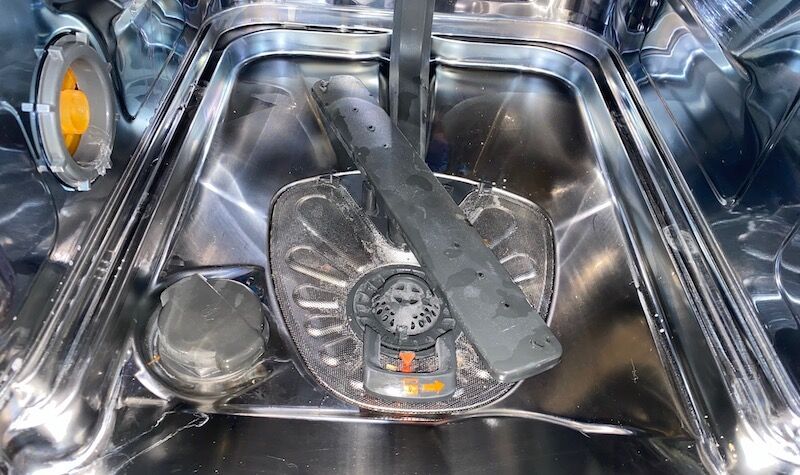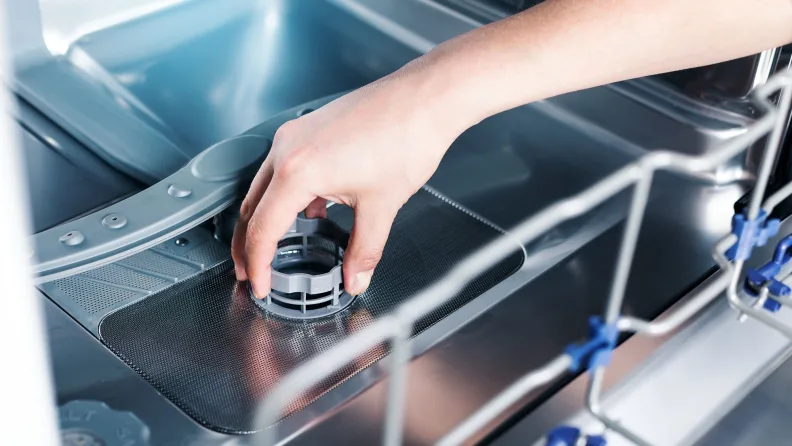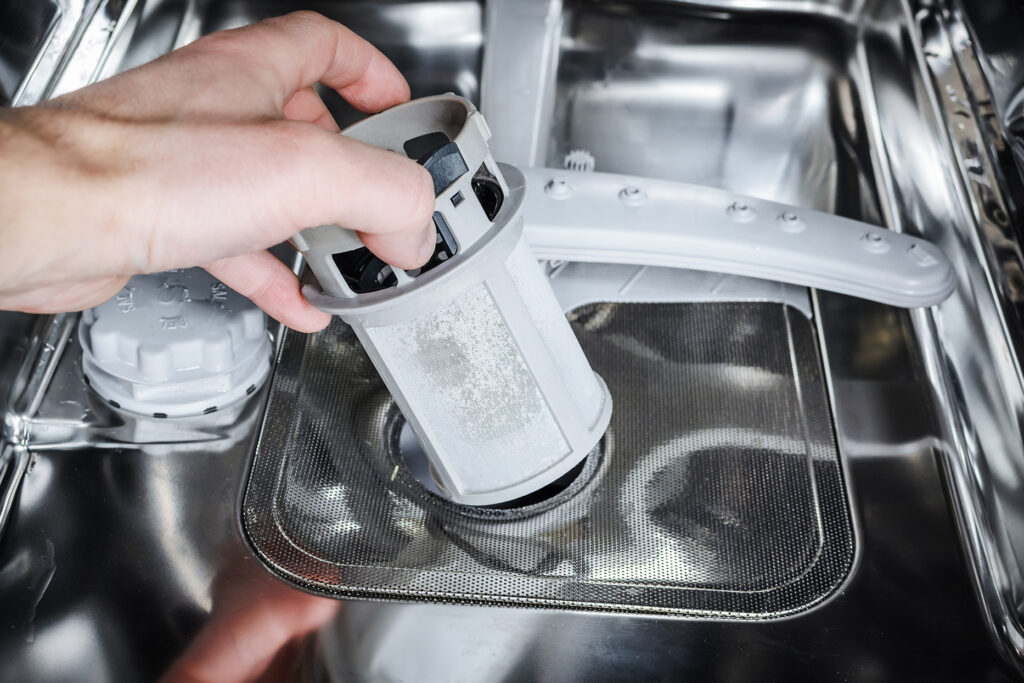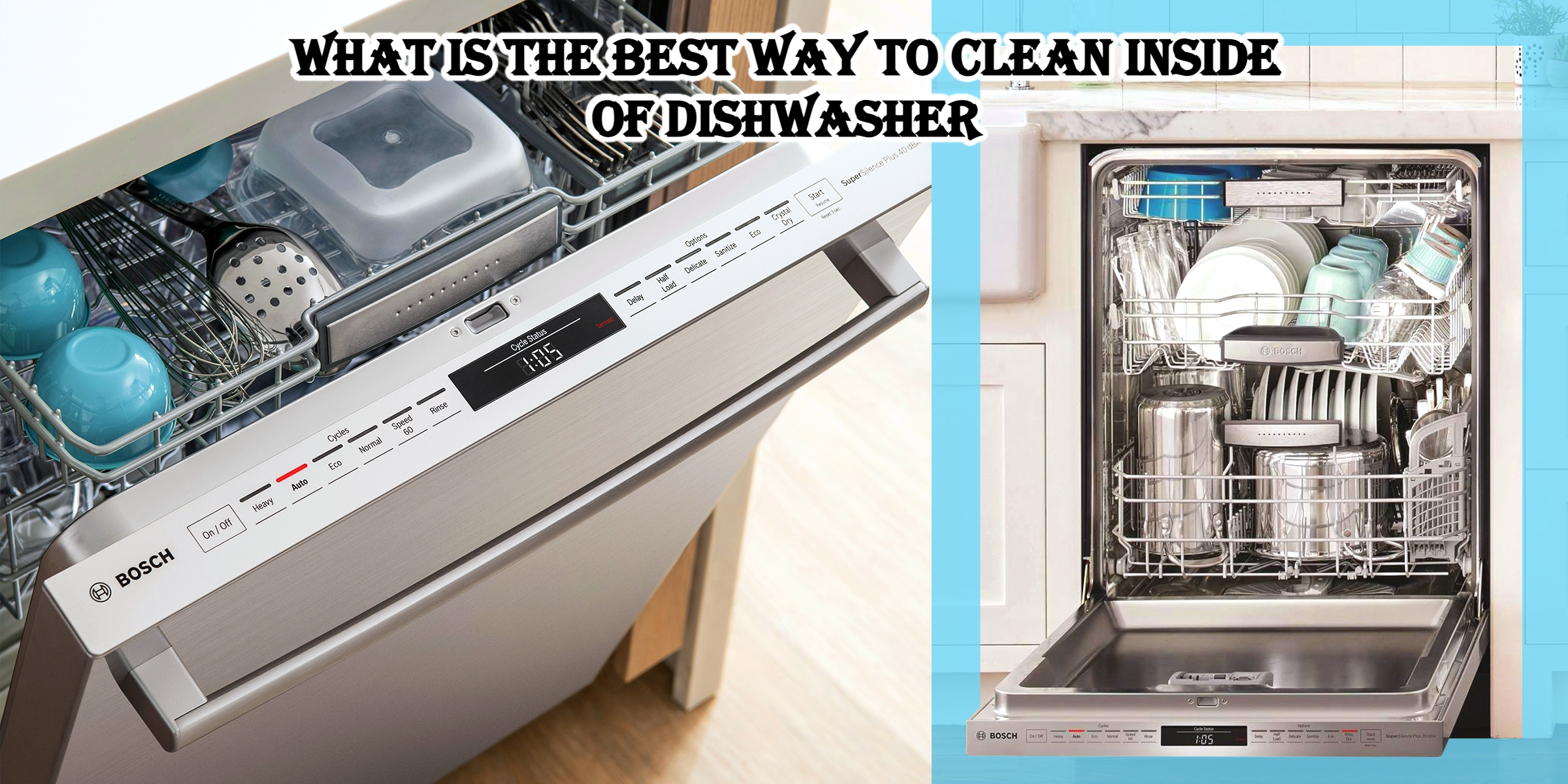What Is The Best Way To Clean Inside Of Dishwasher. Here’s a step-by-step guide to cleaning your dishwasher if it’s not looking so shiny and new.
Maintaining the cleanliness of your dishwasher will guarantee that it runs smoothly and that no food or detergent clogs it.
Is it a pleasurable job? No, it isn’t. Dealing with bits of old food is one of the toughest housekeeping chores, if you’re anything like me. It is, however, a very good use of your time if you want clean dishes, a dishwasher that lasts, and to avoid spending money on maintenance fees.
Remember that prevention is preferable than cure: scraping the food off your plates before putting them in the dishwasher will spare you from having to remove the same food from the filter two weeks later.
Although vinegar is usually advised for cleaning dishwashers, it should be used sparingly and not while washing utensils. Because vinegar is an acid, it can damage the rubber components in your dishwasher (such as hoses and gaskets), and it can discolour pans when mixed with salt.
Before you start cleaning, make sure your dishwasher is empty.

- First and foremost, remove the dishwasher’s bottom rack. Use a torch or the light from your phone to view what’s going on below.
- Wipe any food residue from the base and sides of the pan. You might as well replace the salt reservoir in your dishwasher while you’re out and about.
- The filter must now be cleaned. A filter will safeguard the drain in your dishwasher. This filter could be made up of one, two, or three pieces. There could be a larger mesh part and what appears to be a little basket in the drain.
Also Read:How To Connect Airpods To Chromebook For The First Time
Remove the filter elements (which will be clearly labelled), pour any food debris into the bin, and brush the parts clean using a soft brush.

- Before running the dishwasher again, remember to replace the filter pieces.
- Use a cup of vinegar to clean the interior of your dishwasher if it’s less than gleaming. Run the dishwasher on a hot cycle with a cup of white vinegar in the top rack. Make sure you’re using a dishwasher-safe container for the vinegar.
- If there’s a musty odour, try rinsing with baking soda. Allow a cup of baking soda to remain in the bottom of the dishwasher overnight. Run a hot water cycle first thing in the morning.
Do not combine vinegar with baking soda. It isn’t hazardous; it is, however, completely ineffectual. The second reaction is a degradation into water and carbon dioxide gas after an initial explosive acid-base reaction produces carbonic acid and sodium acetate (which is why a mixture of the two is used – to much better effect – to clear drains). So you’ll effectively be turning your cleaning solution into water.
Clean Inside Of Dishwasher
And whole we’re at it, don’t use vinegar and bleach together – ever, on anything. Together, these two popular cleaning products make toxic chlorine gas.

- Make sure the door seals are clean. Go over all of the seals with a clean, moist cloth and some dishwashing liquid. Vinegar and bleach can degrade rubber and cause it to become rigid and unable to establish a proper seal. Pull out any portions that have become compacted. Before running the dishwasher again, make sure the seals are totally dry.
Finally, clean the area around the door. If your dishwasher is built-in, conclude by washing the bottom edge of the door with an old kitchen sponge that you can discard.
- After you’ve finished cleaning your dishwasher, leave the door open and let it air out, ideally overnight.
If you’re thinking about replacing your old dishwasher, we’ve evaluated both a full-size integrated dishwasher, the Hisense HV651D60UK, and a compact one, the Neff N50 slimline S875HKX20G – both of which have smart features.




